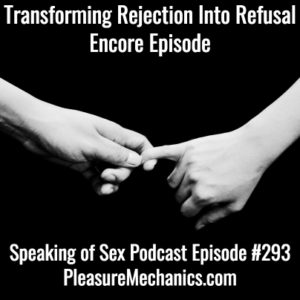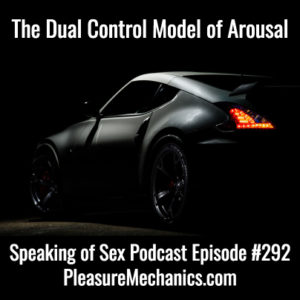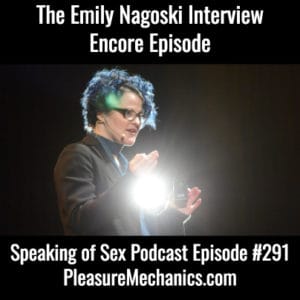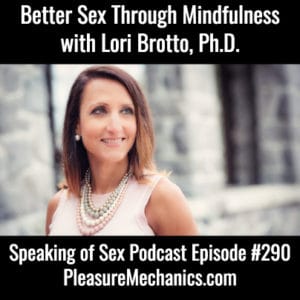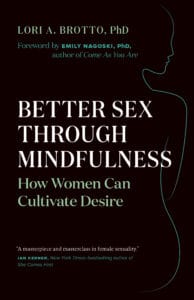Podcast: Play in new window | Download
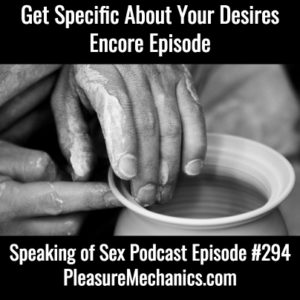
One of the most important sexual skills to develop is the ability to get specific.
Sexuality is a highly personal creation – the nuances of what lights you up is yours alone to discover, explore and communicate. How do you expect to get what you want in your sex life if you don’t even know what it is or how to ask for it?
This podcast explores this essential skill and gets you started with several specific exercises to light up your erotic communication skills.
